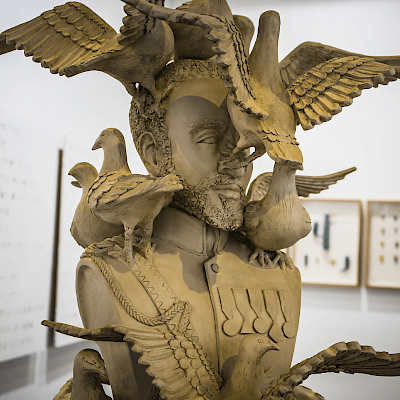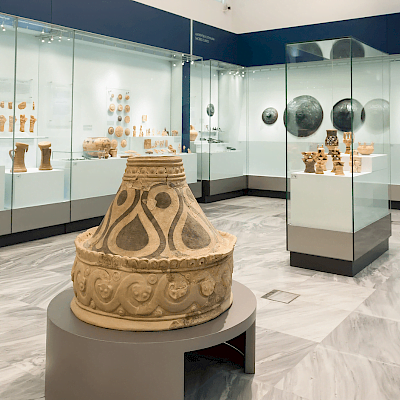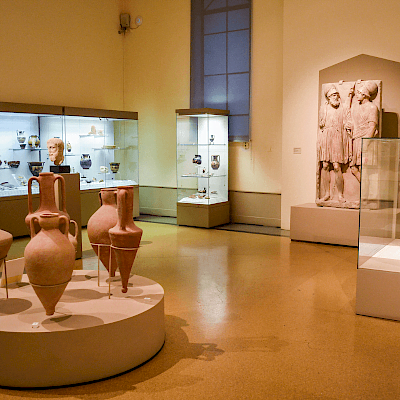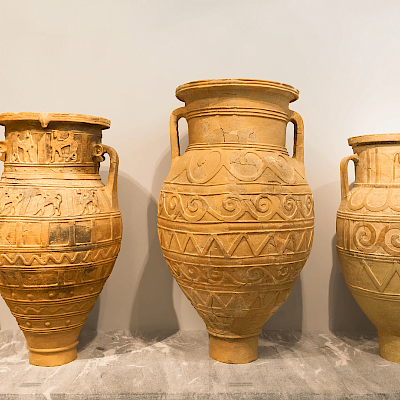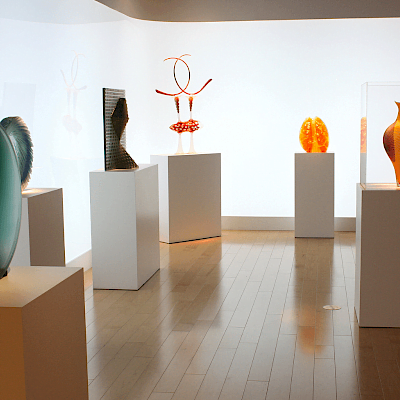What made the shifting of this installation so special
This was not like any other move we had handled before as the nature of the components – bamboo and karvi wood, the tight deadline, the weather, and the destination, all contributed to make this unusual shipment extremely difficult to execute.
The handmade pavilion used 7 km of bamboo – approximately 3000 bamboo sticks of varying thicknesses and lengths. Plus, roughly 500 panels made of sticks of karvi plant wood. Add to this a 15 FT tall Tazia, approximately 50 MT of stone, and close to 26 KM of rope.
The challenges in relocating the pavilion
The critical obstacle was the restriction on export of Bamboo without necessary certificates.
The client did not have these. We had to find a solution so that we did not lose time. Plus work around it and get the shipment through.
We did so by liaising with the various agencies to complete the documentation. We obtained the phytosanitary certificate, the NOC from the forest department, a wood declaration, and more.
Simultaneously we got our customs house agent to impress upon the Customs Department the prestigious nature of this shipment and the need to speed up the clearance process.
If all that wasn’t enough, there was a fumigation requirement of the Australian Quarantine Department for wood that needed to be handled.
This was rather complicated. We had to obtain the necessary fumigation certificate for Australia within the timelines in order for it to be acceptable at destination. The material was highly pest and insect susceptible, so there was worry on this. We were shipping the pavilion in the middle of the monsoons and this compounded the problem. There was only one agency approved by the Australian Quarantine Department for the fumigation in Mumbai.
Luckily for us, the Writer Relocations emphasis on associating with only the best in the business came to our rescue. Our fumigator was the only approved provider in Mumbai. Now with the clearances sorted out, we still had to deal with the Mumbai rains affecting the pavilion.
We solved this problem by instructing the client to create temporary polyethylene enclosures at the site from where we were transporting the pavilion. We then drove our close-bodied shuttle vehicles into these enclosures for loading the installation. We loaded the pavilion components back-to-back into the containers placed within the enclosures at the site.
This ensured that the bamboo did not get wet during the loading.
The sweet results of moving art
Two containers, 3×40′ and 1×20’ reached Melbourne well within the deadline. The pavilion was installed as planned.
What’s more, the pavilion received great reviews in the Australian media: https://www.timeout.com/melbourne/blog/a-hand-made-pavilion-has-popped-up-in-queen-victoria-gardens-for-summer-100516
Why have 500,000 customers just like you
moved with Writer Relocations?
75+
Years of exceptional
and customised moving services, which has enabled 3000 corporate customers and Fortune 500 companies to efficiently relocate employees to find new homes, new communities, and new experiences.
16000+
Annual moves
and 12 Million pounds of shipment that we handle through an untiring focus to deliver services, solutions, and expertise that respond to the needs of our customers across the globe.
500+
Professionals & experts
with 360 partners in 190 countries who guide you at every step and seamlessly coordinate all the facets of the relocation process.
Read what people like you say about packing and moving with Writer Relocations.
Your Promise, Delivered
““Writer Relocations’ service was exceptional from the beginning. We started communicating for the clearance of goods in Mumbai. very timely communication and showed up right when they said they would, and worked hard, never slowing down. Writer Relocations came on time and did their job. They were fast, friendly, and very careful with our items while unpacking the stuff. I give my thanks to Writer Relocations for their wonderful support and timely operations. Thanks for everything and I wish good luck for Writer Relocations’ future…I will definitely use them next time I move. I would rate the overall experience with Writer Relocations as a 4.6 out of 5 based on the service that they have provided to me for clearing the material in India. All in all, a great experience.””
Ramdas Chandani, Moved from USA to Mumbai.

